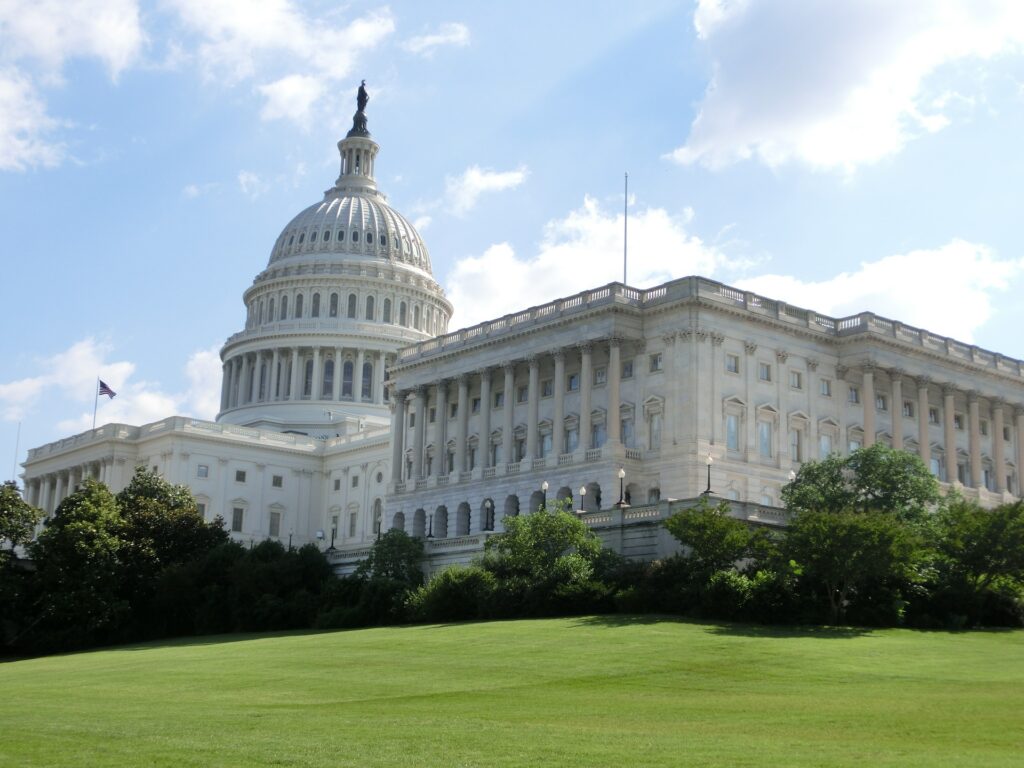Editor’s note: This perspective was originally published by The Hill on May 13, 2020.
House Speaker Nancy Pelosi (D-Calif.) and Senate Majority Leader Mitch McConnell (R-Ky.) declined a White House offer to test all their members for COVID-19, reflecting a bipartisan desire to not jump the line on their constituents. But the two leaders are missing a chance to show how to cheaply break the testing logjam for all Americans.
Both chambers should inaugurate pooled testing, a procedure that has been run successfully on the coronavirus at Stanford and in Israel. Here’s how it would work.
Saliva or nasal samples would be collected from each member. But instead of testing for individual results, a costly and laborious process, the samples would be placed into pools. In the case of the Senate, 20 pools of five combined samples would be sent to the lab, which can determine which pools contain at least one Senator with the disease. Follow-up tests can then identify infected individuals.
So far only one, Sen. Rand Paul (R-Ky.), is known to have been infected, but for illustration purposes, suppose there are 5 Senators who have the disease. In this scenario, between one and five pools, out of 20, will test positive. Even in the worst-case, where five pools test positive, 75 Senators are cleared.
The Senate then needs to run individual lab tests only on the remaining 25. Ultimately, it will take no more than 45 tests to successfully screen 100 senators — 20 initial pooled tests, and 25 individual follow-up tests. This is less than half of the tests that would have been fielded via individualized testing.
Sign up for Schaeffer Center news
The examples set on Capitol Hill would show how pooled testing can dramatically increase the number of tests that can be run. Anthony Fauci, the director of the National Institute of Allergy and Infectious Diseases, says American labs are now running 1.5 to 2 million tests a week, and need to be doing two to three times that number. By pooling, the labs should be able to scale up to millions of tests per day using existing sequencing infrastructure, according to researchers at Harvard and MIT. The science is not new, so almost any lab can adopt the protocols.
The costs of the testing would drop accordingly, which should be of great interest to employers, cash-strapped school districts, and universities.
Our calculations find that employers in regions where COVID-19 prevalence is lower than 5 percent will save even more than the savings in the Senate scenario. Those employers could use fewer and larger pools, which would have a good chance of testing negative. The savings from pooled testing could be as high as 90 percent in low-prevalence (less than 1 percent) regions of the country.
Employers in higher-risk regions should use smaller sized pools, but they still have much to gain from pooled testing. If prevalence eventually climbs to 10 percent, well above any current estimates, employers can save 40 percent via pooled testing strategies.
We estimate that pool sizes of just four employees could help the vast majority of employers reap most of the benefits from pooled testing, even when they are uncertain about the prevalence of the illness in their workforce.
Schools should take note. Low virus prevalence among teens and children should enable large, cheap pools for testing. Our calculations indicate that pooling of 33 samples could save schools up to 90 percent of the cost of individual tests. That is about the size of many high school classrooms.
At some point, it will make sense for employers to also test workers for coronavirus antibodies. Unlike diagnostic tests, which reveal who has the virus right now, antibody tests point out who has had the virus in the past and either recovered from it or had no symptoms. These workers can be removed from subsequent testing pools, and perhaps be given roles drawing on their likely immunity to the disease.
Meanwhile, Congress can help Americans fight COVID-19 by identifying its infected members and helping itself stay on the job. It’s time for a bipartisan leap into the testing pool.
